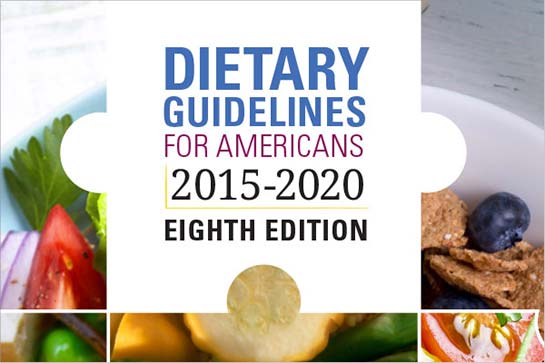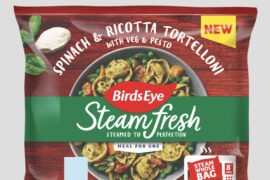Joseph Clayton, interim president of the McLean, Virginia-based American Frozen Food Institute (AFFI), on January 7 commended the US Department of Agriculture (USDA) and US Department of Health and Human Services (HHS) for recommending all forms of fruits and vegetables in the 2015-2020 Dietary Guidelines for Americans (DGAs) without limiting language.
The Dietary Guidelines for Americans, published every five years to reflect the most current nutrition science, have an important role in guiding federal nutrition policy.
“AFFI applauds the administration for recognizing the benefits of all forms of fruits and vegetables – frozen, fresh, canned, dried and 100 percent juice – in achieving and maintaining healthy dietary patterns. The Guidelines have a broad reach and it is important they reflect sound science,” said Clayton.
As confirmed by Frozen Food Foundation-commissioned nutritional studies conducted by the Universities of Georgia (UGA) and California Davis (UC Davis), frozen fruits and vegetables are as rich in nutrients, and often more so, than fresh-stored produce.

“A recent study by the Produce for Better Health Foundation found that government guidelines reinforcing the healthfulness of all forms of fruits and vegetables positively impact consumers’ perceptions of packaged fruits and vegetables, which include frozen, as well as canned, dried and 100 percent juice products,” stated Clayton. “We are pleased that the administration is encouraging Americans to utilize a full range of fruits and vegetables through inclusive language in the new DGAs.”
The specific recommendations in the new edition (the eighth to be published) fit into five overarching guidelines:
- Follow a healthy eating pattern across the lifespan. Eating patterns are the combination of foods and drinks that a person eats over time.
- Focus on variety, nutrient-dense foods, and amount
- Limit calories from added sugars and saturated fats, and reduce sodium intake
- Shift to healthier food and beverage choices
- Support healthy eating patterns for all
Importantly, the guidelines suggest Americans should consume:
- A variety of vegetables, including dark green, red and orange, legumes (beans and peas), starchy and other vegetables
- Fruits, especially whole fruits
- Grains, at least half of which are whole grains
- Fat-free or low-fat dairy, including milk, yogurt, cheese, and/or fortified soy beverages
- A variety of protein foods, including seafood, lean meats and poultry, eggs, legumes (beans and peas), soy products, and nuts and seeds
- Oils, including those from plants: canola, corn, olive, peanut, safflower, soybean, and sunflower. Oils also are naturally present in nuts, seeds, seafood, olives, and avocados.
Further, Americans should be encouraged to consume:
- Less than 10 percent of calories per day from added sugars. The ChooseMyPlate.gov website provides more information about added sugars, which are sugars and syrups that are added to foods or beverages when they are processed or prepared. This does not include naturally occurring sugars such as those consumed as part of milk and fruits.
- Less than 10 percent of calories per day from saturated fats. The Nutrition Facts label can be used to check for saturated fats. Foods that are high in saturated fat include butter, whole milk, meats that are not labeled as lean, and tropical oils such as coconut and palm oil.
- Less than 2,300 milligrams per day of sodium for people over the age of 14 years and less for those younger. The Nutrition Facts label is a helpful tool to check for sodium, especially in processed foods like pizza, pasta dishes, sauces and soups.
For complete details about the 2015-2020 Dietary Guidelines for American, visit dietaryguidelines.gov.




